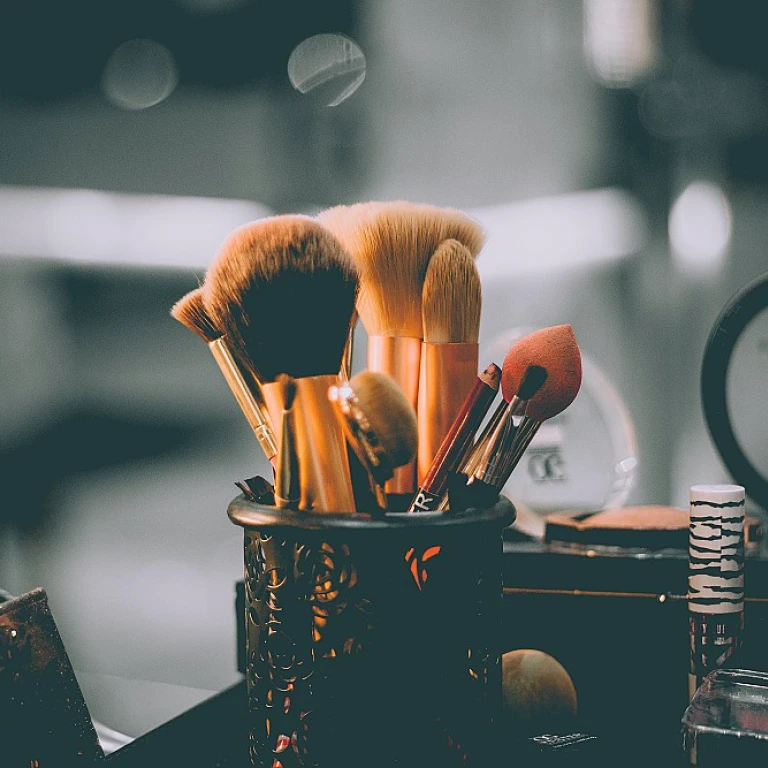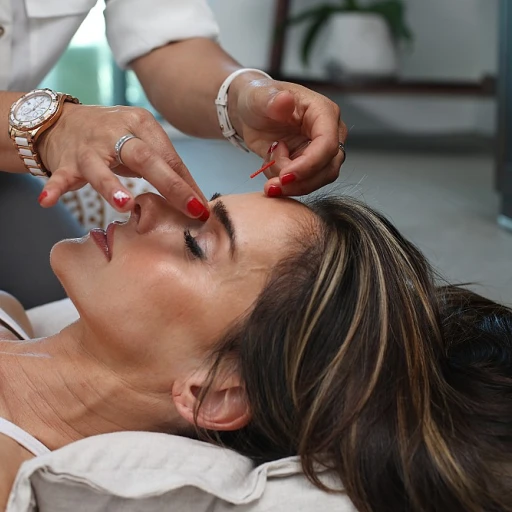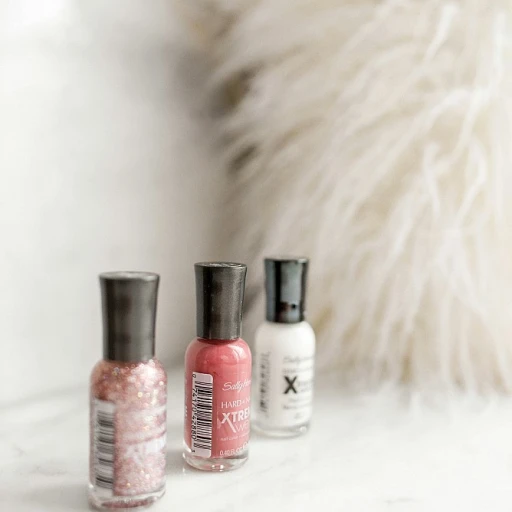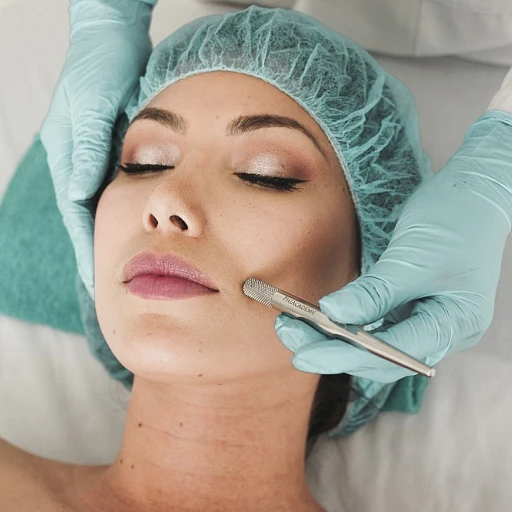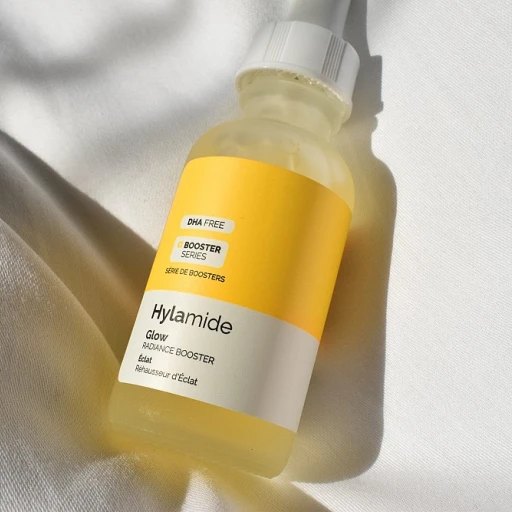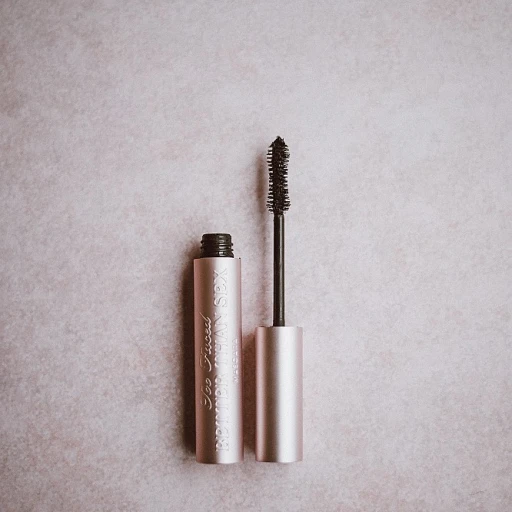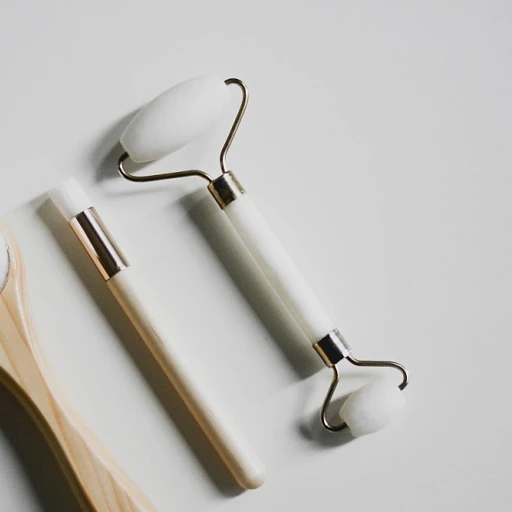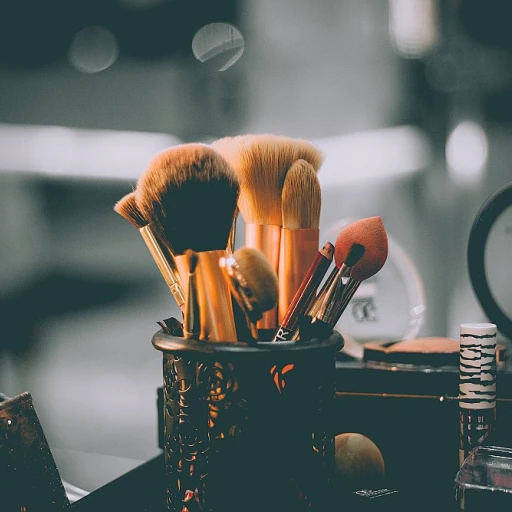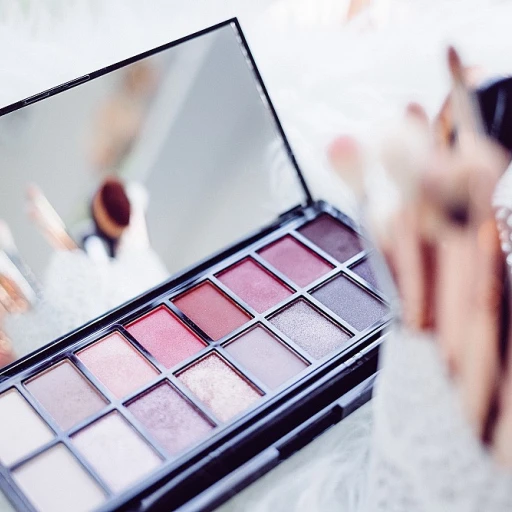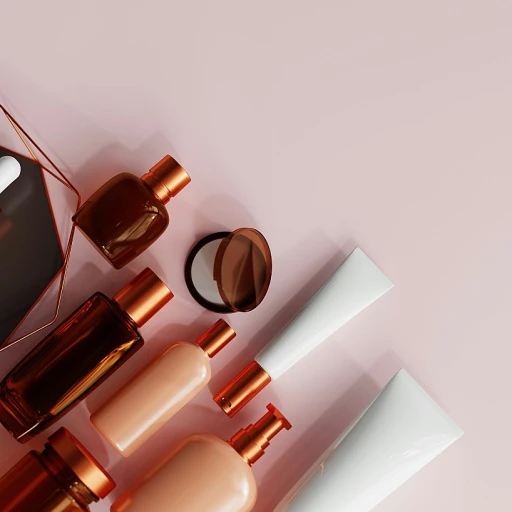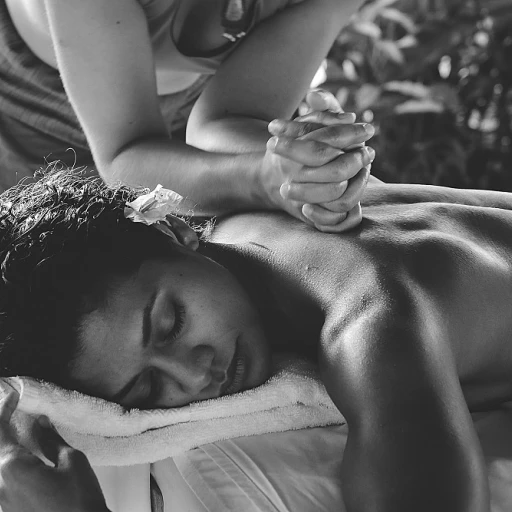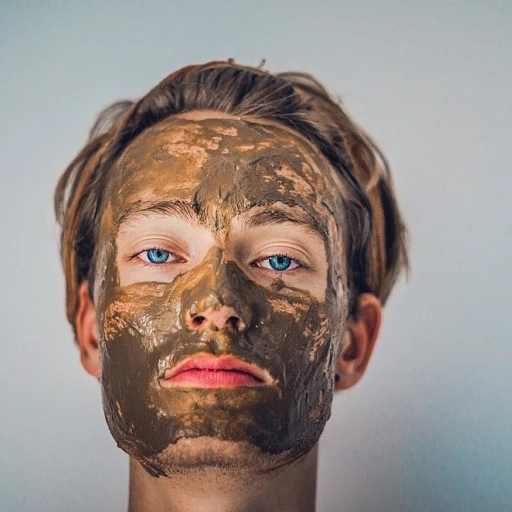-large-teaser.webp)
The Origins of Purple Clay
Unearthing the Rich Tradition of Purple Clay
The fascination with purple clay, also known as Yixing clay, has enchanted luxury cosmetics enthusiasts worldwide. This unique material, primarily extracted from the sedimentary rock beds of China's Jiangsu province, boasts a tradition that dates back centuries. Known for its distinctive hue ranging from dark purple to a brownish-red, Yixing clay has long been treasured for its exceptional properties in crafting teapots and tea sets, traditionally believed to enhance the flavor of tea. The crafting process of a Yixing teapot is an art form in itself, requiring skilled artisans who meticulously shape this exquisite clay into elegant teapots and other traditional tea instruments. Its non-porous nature makes it a prized possession among tea connoisseurs and collectors alike, often contributing to its high unit price in both USD and GBP. Originally valued for its simple yet effective design and functional benefits in the world of tea, purple clay has transitioned remarkably into the realm of high-end cosmetics. With purple clay products appearing more frequently in upscale beauty collections, vendors now offer a variety of formulations, ranging from clay masks to face scrubs, integrating it as a key active ingredient. Often found in products with high regular price points, its allure in the luxury market is both cultural and scientific—a testament to its original heritage steeped in tradition and its newfound status in skincare. Indeed, the consumer view of these products reflects an appreciation for both their historical roots and the sophisticated elegance they represent in modern self-care rituals. For more insights into the fascinating world of luxury skincare, explore our fragrance-free skincare offerings.Benefits of Purple Clay for Skin
Remarkable Skin Benefits
Purple clay has swiftly gained traction in luxury skincare circles, celebrated not just for its vibrant hue but for a host of skin benefits that cater to the discerning consumer. As we delve further, a vital component comes into view — it's the properties of this clay, sourced from the Yixing region, known for crafting the exquisite yixing teapot. Just like the traditional teapots, purple clay carries minerals that offer transformative effects on the skin. Rich in minerals, including silicon, magnesium, calcium, and iron, purple clay aids in revitalizing and rejuvenating the skin. The compounds found in the clay effectively draw out impurities and toxins, leading to clearer and firmer skin. Another advantage is its gentle exfoliating nature. When used in masks and luxury skincare products, the clay's fine grains assist in removing dead skin cells, unveiling a fresher layer of skin underneath. For those battling with oily skin, purple sand acts as a gentle absorbent, curtailing excessive oil production without stripping the skin of its essential moisture. Moreover, it aids in tightening pores, thus enhancing the skin's overall texture and appearance. Notably, the clay's soothing properties make it a favorite for those with sensitive skin, minimizing redness and irritation. For individuals exploring skin brightening options, purple clay might be particularly intriguing. Its unique composition supports the reduction of hyperpigmentation and imparts a more even skin tone, echoing benefits often sought after in the realm of luxury cosmetics. This allure of purple clay, reminiscent of the advantages heralded by kojic acid, makes it a formidable contender in the skincare domain and has led to an increasing demand, as more luxury brands incorporate it into their lines. Learn more about this trend by exploring the allure of kojic acid in luxury skincare.Purple Clay in Luxury Skincare Products
Luxury Infusion: Purple Clay in Premium Skincare
The rare and exquisite yixing clay, often celebrated in the realm of high-end teapots, is making waves in luxury skincare products due to its unique benefits. This trend has caught the attention of both consumers and vendors alike, intriguing those who appreciate the luxurious essence of ancient beauty secrets. The skincare industry has cleverly harnessed the allure of purple clay, intertwining it with a rich legacy, often seen in yixing teapot formations, to create products that aren't just about opulence but also functional efficacy.
Purple clay, known for its price premium, has seamlessly transitioned from its traditional roots. Just like how a tea set crafted from yixing zisha enhances the flavor of the tea, a luxury face mask made from this clay nurtures the skin, providing hydration and a smoother texture. This transformation has seen it not just as a beauty product, but as a luxurious indulgence, often priced in line with its prestige.
High-priced skincare products featuring purple clay can command considerable prices, often in the range of regular USD or GBP values, sometimes venturing into the category of sale prices that are typically aligned with exclusive collections. For example, a full skincare set might be found at vendors selling for a unit price much higher than average, reflecting both the rarity and high demand.
The growing interest in yixing purple clay within cosmetics is indicative of a broader trend in luxury beauty, where consumers are increasingly aware of traditional materials and their benefits. A view into the market shows that although purple clay products are sold at a higher price, the demand doesn't wane. Instead, it expands, indicating that consumers remain enamored with the promise of radiant skin and a touch of historical class.
As demand surges, the price per unit for these luxury items doesn't just reflect their originality but also the intricate history associated with them. Whether seeking the consistent quality of a clay teapot or the contemporary allure of a purple sand-based facial cleanser, these products cater to a discerning clientele who view their skincare routine as an art form.
For skincare enthusiasts, exploring the benefits of luxurious ingredients like purple clay offers insights into an intricate blend of tradition and modern-day luxury.
The Science Behind Purple Clay
The Chemistry of Purple Clay
Delving into the science of purple clay reveals a fascinating blend of natural minerals and elements that contribute to its unique properties. Known scientifically as yixing zisha, this clay is rich in iron oxide, which gives it its characteristic purple hue. The mineral composition is not just for aesthetics; it plays a crucial role in skincare.
Iron oxide is known for its ability to enhance skin tone and texture, making it a sought-after ingredient in luxury cosmetics. The clay's porous structure allows it to absorb impurities from the skin, acting as a natural detoxifier. This makes it an ideal component in face masks and cleansers, where its ability to draw out toxins can leave the skin feeling refreshed and rejuvenated.
Understanding the Mineral Composition
Purple clay's mineral-rich profile includes silica, magnesium, and calcium, which are essential for maintaining healthy skin. Silica helps to strengthen the skin's connective tissues, while magnesium and calcium are known for their anti-inflammatory properties. These minerals work in harmony to soothe irritated skin and promote a balanced complexion.
The unique properties of purple clay are not just limited to skincare. In traditional Chinese culture, yixing teapots made from this clay are prized for their ability to enhance the flavor of tea. The same porous nature that benefits the skin also allows these teapots to absorb the essence of the tea, creating a richer and more aromatic brew over time.
Market Dynamics and Pricing
The demand for purple clay in luxury cosmetics is reflected in its pricing. With its unique benefits and limited availability, the price of products containing purple clay can vary significantly. For instance, a yixing teapot crafted from this clay can range from a regular price of 50 GBP to a sale price of 30 USD, depending on the vendor and the intricacy of the design.
In the cosmetics industry, the unit price of purple clay products can be influenced by factors such as brand reputation, product formulation, and packaging. As consumers become more aware of the benefits of purple clay, the market is expected to see a rise in both price and demand, making it a valuable addition to any luxury skincare line.
Consumer Perception and Demand
Exploring the Impact of Consumer Perception on Purple Clay's Popularity
The world of luxury cosmetics is constantly evolving, driven extensively by consumer perception and demand. When it comes to purple clay, these factors play a pivotal role in its standing as a coveted ingredient. In the realm of luxury cosmetics, consumers are increasingly seeking unique and exotic components. Purple clay, often associated with yixing teapots, has captivated those who value originality and authenticity. This clay's intriguing association with cultural artifacts like the yixing clay teapot and tea pet has undoubtedly added to its allure among discerning buyers. Many are drawn to the high-quality reputation of purple clay. Its benefits for the skin, as discussed earlier, resonate with consumers who prioritize skincare that offers tangible results. The scientific backing, which supports its efficacy, strengthens consumer confidence in products containing this ingredient. Price also remains a crucial consideration. In the luxury sector, varying price points, including price USD, price GBP, and regular price comparisons, influence purchasing decisions. Products containing this luxury clay experience fluctuations in demand based on pricing strategies, such as unit price and sale price adjustments. The perception of value, coupled with sale price incentives, often dictates consumer interest. Moreover, the growing interest in natural ingredients has sparked an increased demand for full and high-quality clay-containing cosmetics amongst luxury skincare aficionados. This trend has put pressure on vendors to maintain the unit price while meeting the rising expectations of a price-conscious market. As the demand for purple clay-enhanced products continues to soar, vendors monitor consumer trends closely. This ensures their offerings align with the evolving preferences of a now more informed and meticulous buyer. The interplay between consumer perception and demand underscores the ongoing success and growth of purple clay in the cosmetics market. As renowned as a luxury skincare staple as the beloved yixing purple teapot is in its world, purple clay's prestige in skincare reflects a specialized view that continues to evolve with consumer knowledge.Future Trends in Purple Clay Cosmetics
Emerging Prevalence and Potential Advances
The future of luxury cosmetics appears promising with the growing interest in purple clay, known for its unique properties and origins. As luxury skincare products continue to embrace this exceptional ingredient, the industry is poised for further exploration and innovation.
Given its rich history, purple clay, particularly the renowned Yixing zisha, has seen a resurgence in various markets. Higher-end products are leveraging its natural composition and distinct hue, which resonate well with consumers seeking rare and effective skincare solutions. As observed, brands are already formulating and discontinuing products based on the consumer engagement and regional demands.
The price variance between luxury and regular markets is notable, with products being allocated based on locality and demand. Premium brands are often priced in the luxury spectrum, with price USD and GBP fluctuating based on demand and exclusivity. These shifts reflect the dual nature of high and regular sales seen in clay and tea products, like Yixing teapots and tea sets, which further reinforces purple clay’s versatility.
New trends suggest a broadening of the market, with an increasing number of vendors exploring purple clay beyond traditional cosmetics. While luxury products command a higher unit price, regular markets can leverage sale pricing strategies to make these products more accessible.
In upcoming years, we anticipate the incorporation of purple clay in more diverse products, as well as potential developments in extraction techniques, enhancing its benefits. Despite its traditional roots, purple clay continues to captivate interest, promising a progressive future in luxury cosmetics.

